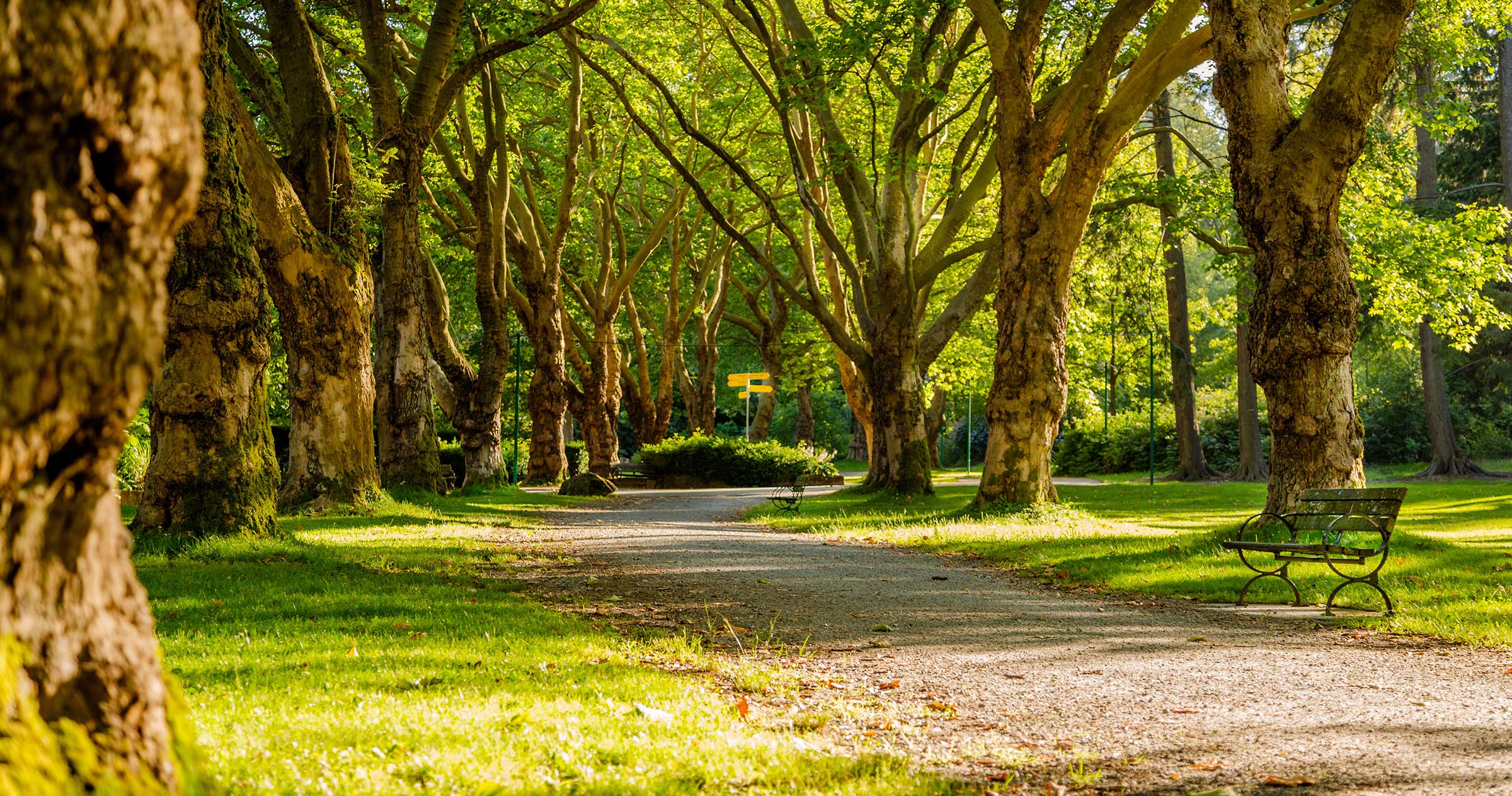People appear to rely on outdoor spaces during times of quarantine more than they otherwise would. Offering sunshine, fresh air, and room to exercise, public spaces increase in importance significantly during dangerous times. For many people, they represent the only opportunity to safely leave the house and commune with nature.
According to researchers at the University of Aarhus in Denmark, exposure to outdoor areas in childhood “reduces the risk for developing an array of psychiatric disorders during adolescence and adulthood.” With schools closed and recess cancelled, public spaces enable children to maintain physical distancing without foregoing the benefits of time outdoors.
The benefits of having access to the outdoors extend far beyond mental health. Some nutrients, such as vitamin D, are created when the human body is exposed to sunlight. Contributing to bone health and reduced cancer risk, vitamin D also fosters a healthy sleep cycle – something that can be challenging during such stressful periods as pandemics.
With the concern that COVID-19 could impact the Canadian food supply chain, causing higher food prices, there is a new focus on community gardens. Deemed an essential service by the government of Ontario, these outdoor spaces offer fresh air, a sense of community, and healthful food.
However, despite the importance of outdoor areas, many people are unsure about the rules and regulations that govern their use during quarantine. Ottawa resident David Martinek told the Globe and Mail that he received an infraction ticket for taking his child to a grassy patch in his neighbourhood. Regulations differ by jurisdiction, causing confusion, leading families to avoid visiting outdoor areas.
Health authorities recommend taking a walk close to home, while maintaining safe physical distance from others. Several online resources detail regulations that govern outdoor spaces during the pandemic, including official provincial government websites. •








